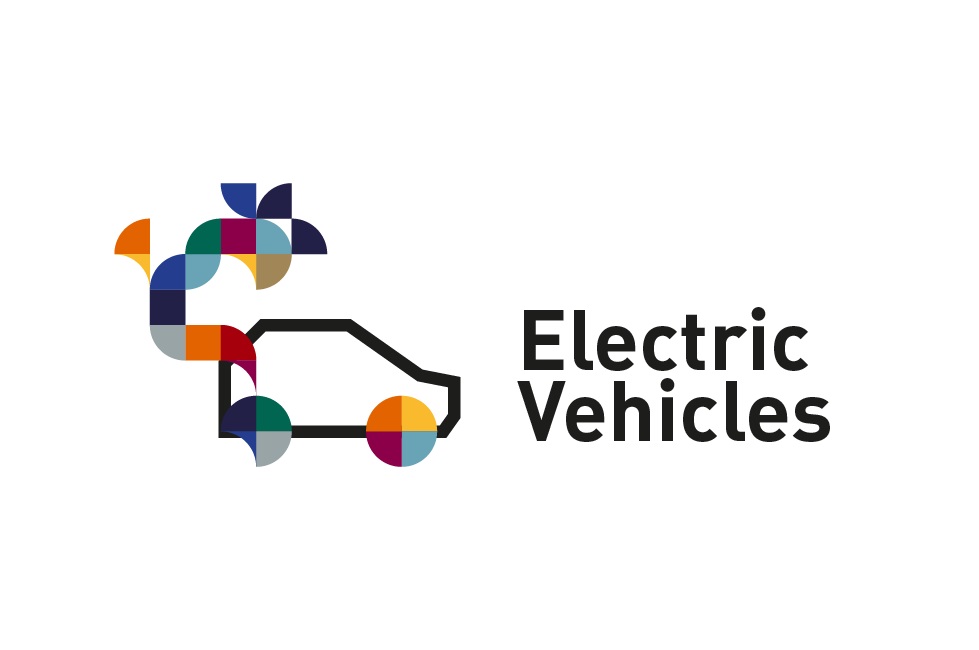Assumptions
This page discusses briefly the assumptions in the TCO-analysis. An elaborate version of the assumptions can be found in (De Clerck et. al., 2016).
Assumptions components
A real discount rate of 0,44% (from January 4 2016) is used for calculating the present value of future costs. This rate is the 8-year interest rate for European government bonds (European Central Bank, 2016).
Vehicles depreciate during their lifetime. Therefore the depreciation rate needs to be taken into account instead of purchase price. Below depreciation rates are used for the different technologies:
| Technology | Abbreviation | Depreciation rate |
|---|---|---|
| Petrol | P | 84.5% |
| Diesel | D | 82.7% |
| Hybrid Electric | HEV | 83.4% |
| Battery Electric | BEV | 78.6% |
| Plug-in Hybrid Electric | PHEV | 82.4% |
| Compressed Natural Gas | CNG | 78.1% |
The fuel and electricity consumption is calculated based on the vehicles' NEDC values.
Worn out components such as brakes or filters, need to be replaced during the ownership of the vehicle. Therefore two kind of maintenances are held at regular intervals. Small and a large maintenances are performed respectively every 20.000 km and 40.000 km. Also, the maintenance of BEV costs 35% less than for conventional vehicles according to Cars21 (Cars21, 2012). For CNG and hybrid vehicles, the maintenance cost is assumed to be identical as for conventional vehicles (Goedecke et. al., 2007). When performing a large maintenance, the tires of the car will be replaced. Finally, an annual technical control is passed after four years of ownership.
During the first three years an omnium insurance is assumed instead of the civil liability insurance. This insurance depends on different parameters such as the age of the driver (here assumed to be 40 years old) and the type of car. After these first three years, only the civil liability insurance is assumed.
In these calculations we assume the battery does not need to be replaced during the vehicle’s ownership.
Assumptions policies
Three policy packages have been implemented in the TCO-tool. These policies are inspired by existing policies in different parts of Europe, namely Scandinavia, Western Europe and Southern Europe.
The policy packages consist of:
-
Scandinavian policy:
- Road tax: Fixed tax for all vehicle technologies except for BEV, which are less taxed than the other technologies.
- Registration tax: Calculation based on the CO2 and NOX emissions and the weight of the vehicle.
- Subsidy: No subsidy
- VAT: 25% for all vehicles except for BEV, which are exempted of VAT.
-
Western Europe policy:
- Road tax: Based on the vehicle’s fiscal horsepower.
- Registration tax: Calculation based on CO2 emissions, particulate matter, fuel type, euronorm, the presence of a particulate filter and the age of the vehicle
- Subsidy: Variable subsidy, ranging from €2000 to €4500, based on the purchase cost.
- VAT: 21% for all vehicles
-
Southern Europe policy:
- Road tax: Based on the vehicle’s fiscal horsepower.
- Registration tax: Percentage of the puchase price dependent on CO2 emissions.
- Subsidy: Fixed subsidy of €5500 at purchase time for BEV.
- VAT: 21% for all vehicles
References
- Cars21 (2012). EV maintenance and repair costs: 35% cheaper than for ICEs. Retrieved from http://www.cars21.com/news/view/5046 .
- De Clerck, Q., Van Lier, T., Lebeau, P., Messagie, M., Vanhaverbeke, L., Macharis, C., & Van Mierlo, J. (2016). How Total is a Total Cost of Ownership? In Proceedings of EVS29: Electric Vehicle Symposium 29.
- European Central Bank (2016). Yield curve spot rate, 8-year maturity - Government bond, nominal, all issuers whose rating is triple A - Euro area (changing composition). Retrieved from http://sdw.ecb.europa.eu/quickview.do?SERIES_KEY=165.YC.B.U2.EUR.4F.G_N_A.SV_C_YM.SR_8Y .
- Goedecke, M., Therdthianwong, S., & Gheewala, S.H. (2007). Life cycle cost analysis of alternative vehicles and fuels in thailand. Energy Policy, 35, 3236–3246.



